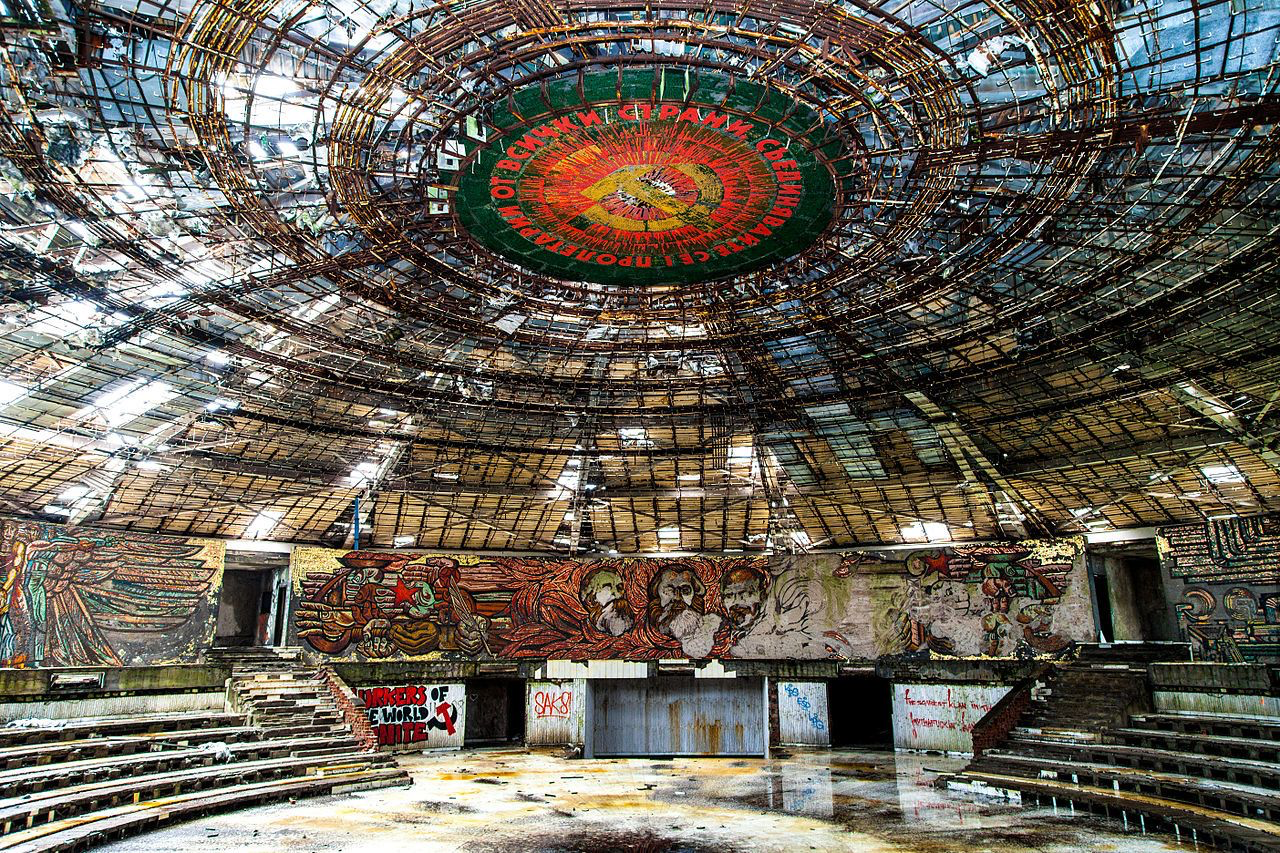Most of us pass by the once vibrant, but now abandoned and dilapidated buildings with a mixture of nostalgia and rue. But not everyone leaves it at that: urbexers (urban explorers) are dedicated to discovering places, often illegally, that still have the charm of the past but are now deserted.
There are countless photos of hospitals, sanatoriums, palaces, and even huge hotels from the last century standing completely empty, often just as they were left in the heat of the moment: old letters and papers scattered on the table, toys lying on the floor, a calendar hanging on the wall, a coffee cup on the kitchen counter. Many urbexers are amateur photographers who travel the countryside to capture this double condition in their photos: a frozen moment of the past in the present.
Many people investigate the history of such abandoned buildings to find out who left them to rot and fall to pieces and why, as it is not uncommon to find a property worth tens of millions of forints that is privately owned, desolate, and rapidly falling apart.
Not only in Hungary, but also in Eastern Europe, a growing number of urbex destinations are becoming more and more popular. Our region abounds in great examples of communism and other vestiges from the previous century. These include the Buzludzha Monument in Bulgaria, the Mamula Fortress in Montenegro, and the tiny Daksa island in Croatia.
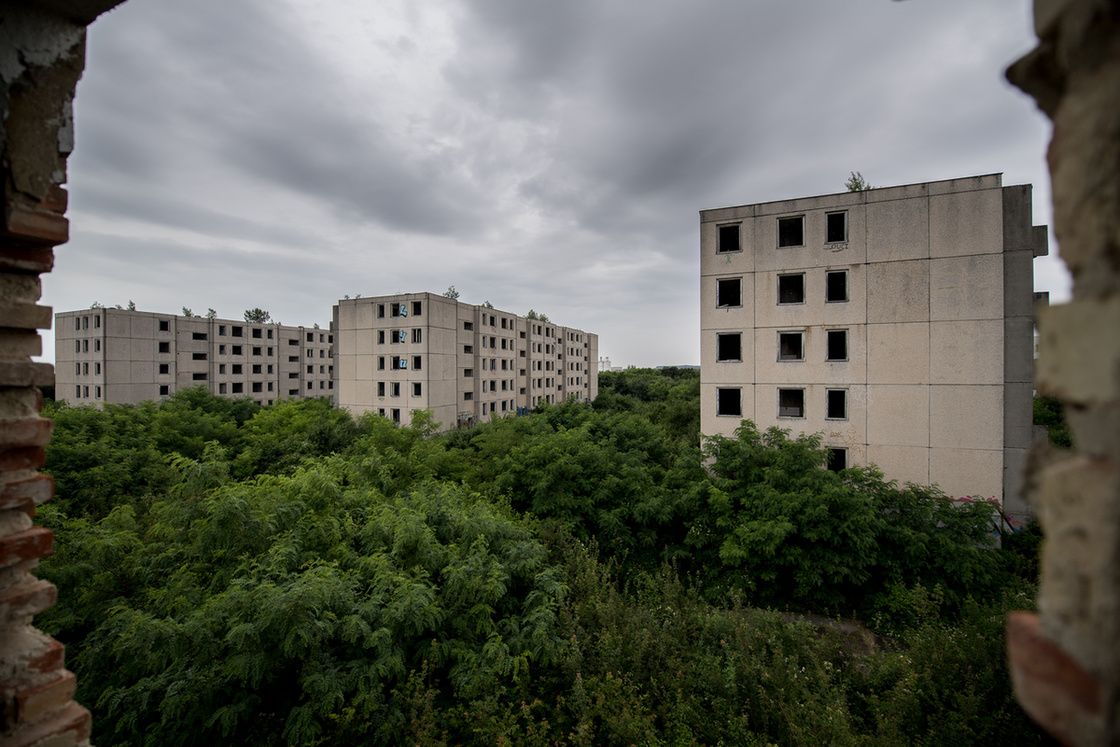

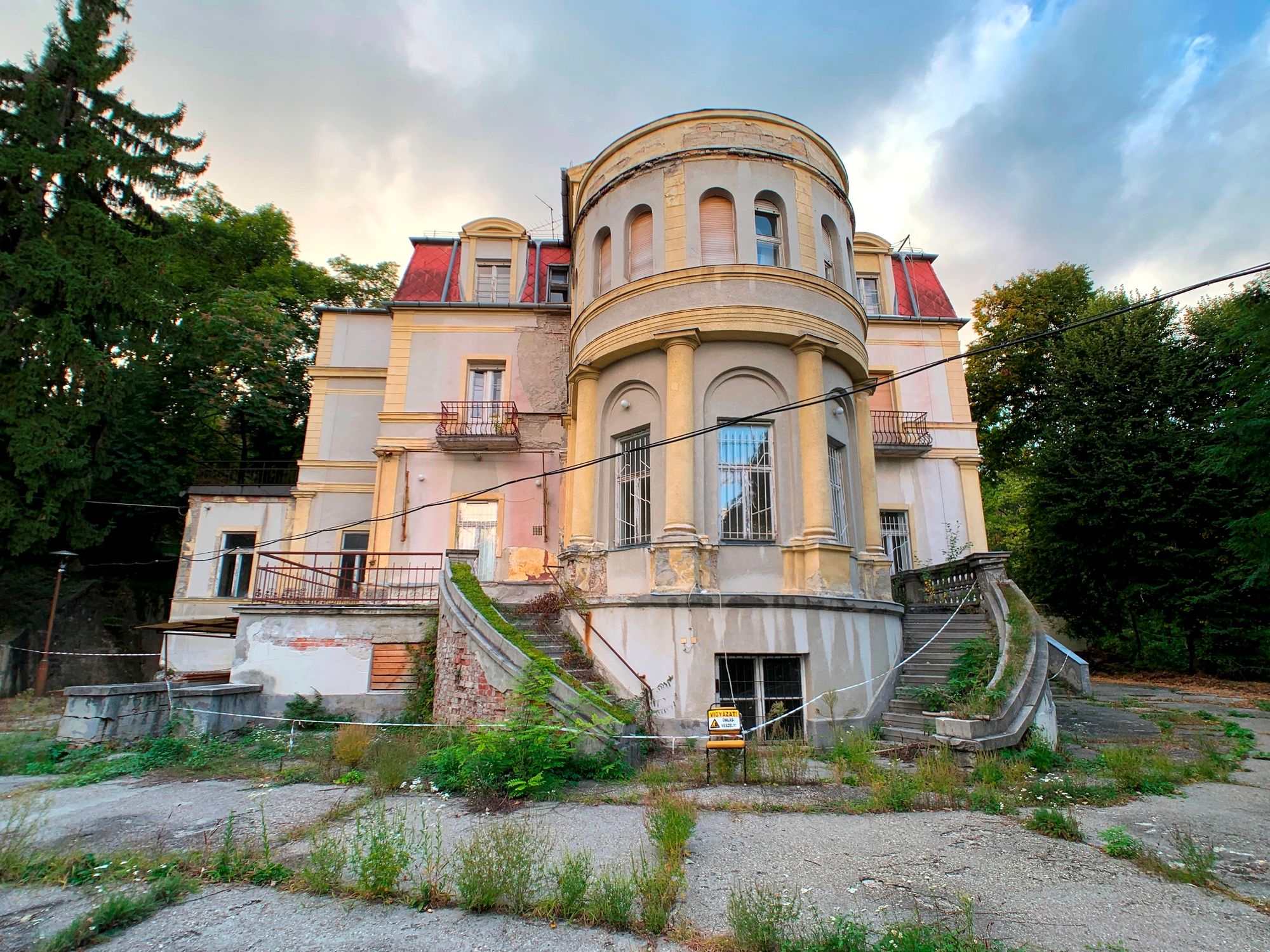
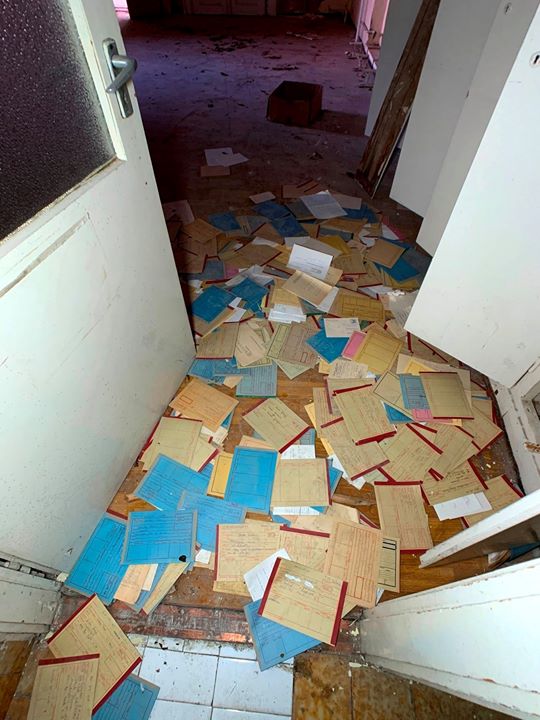
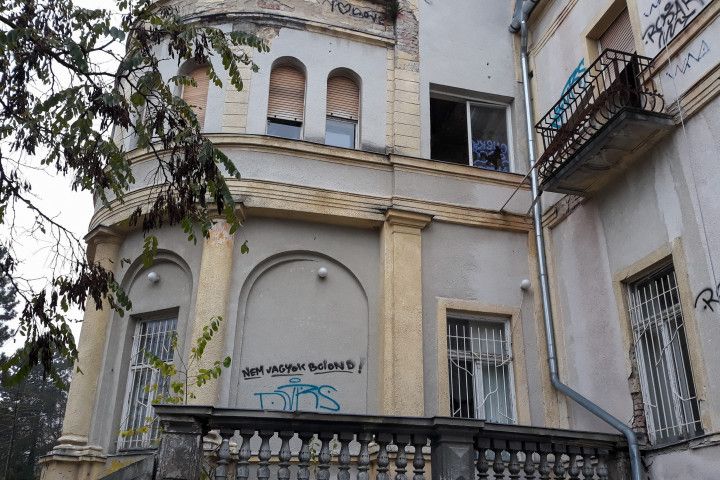
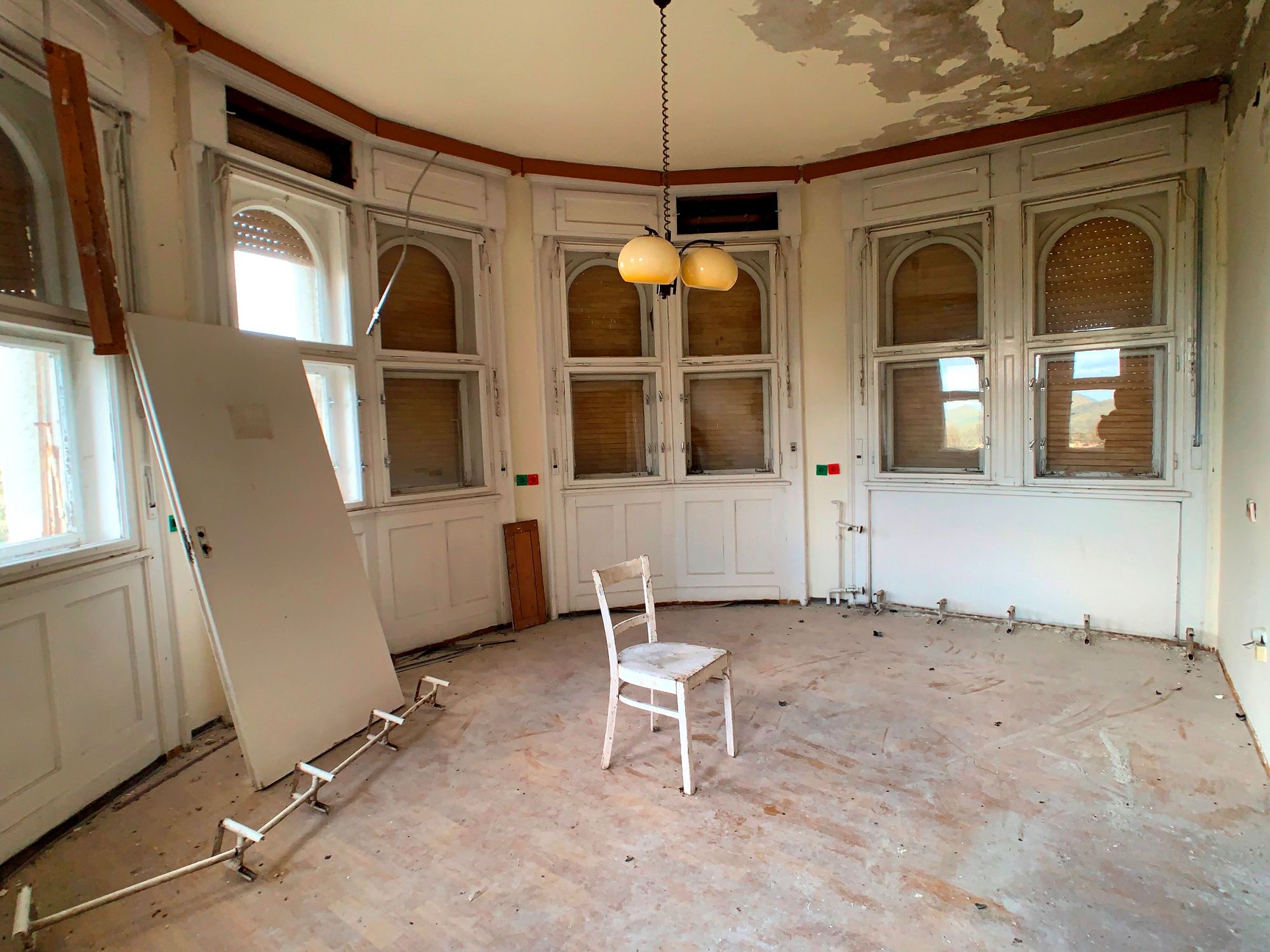
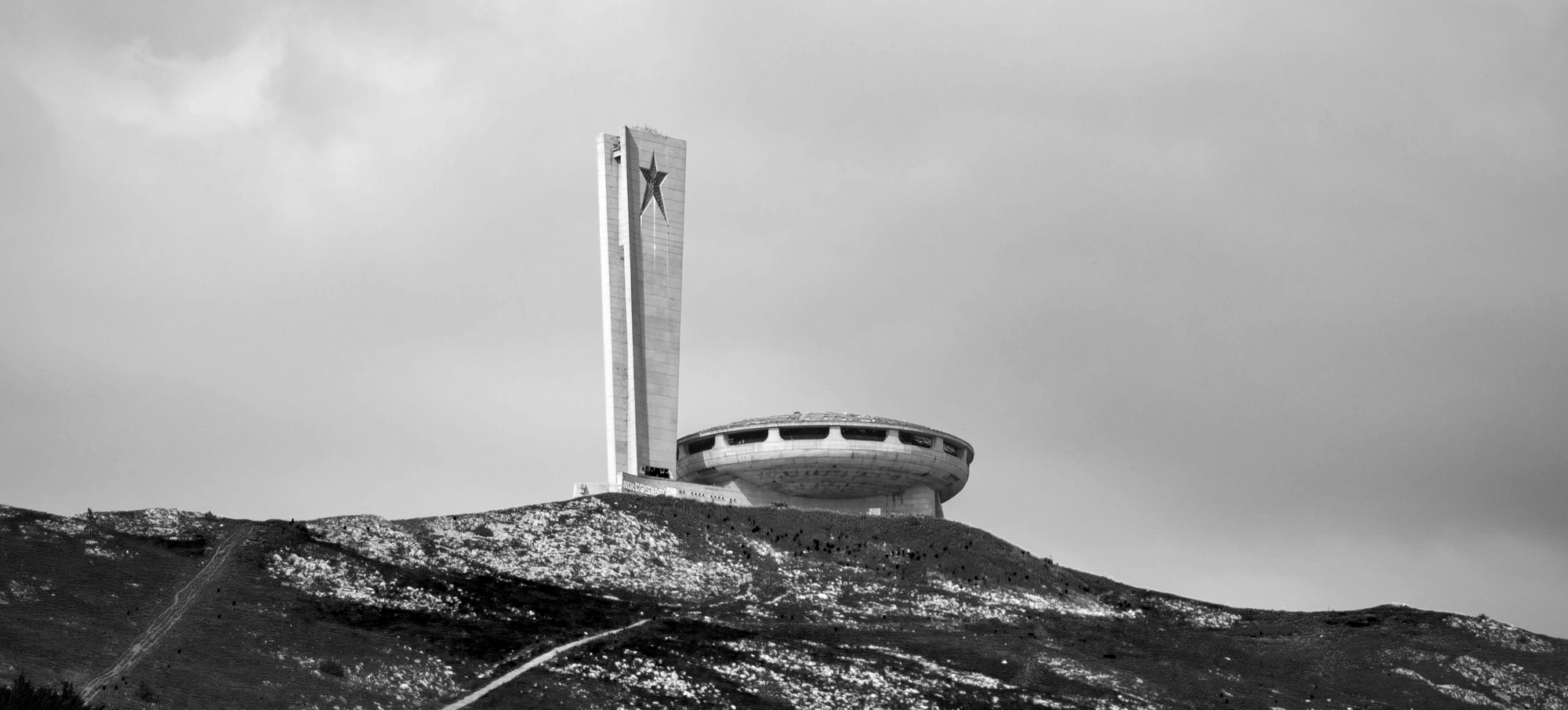

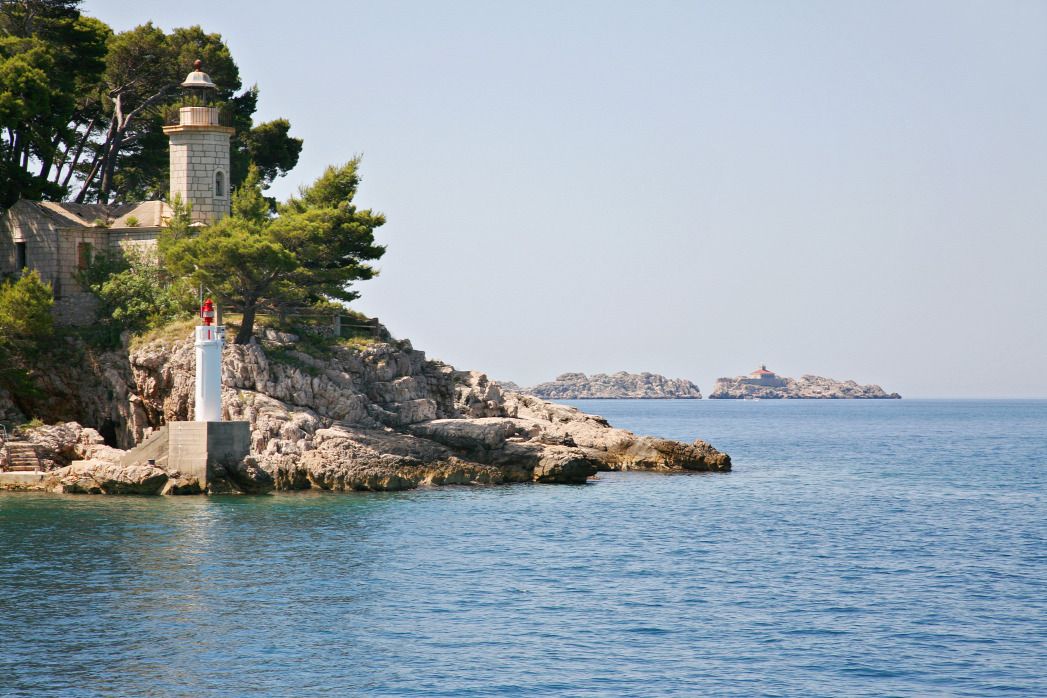
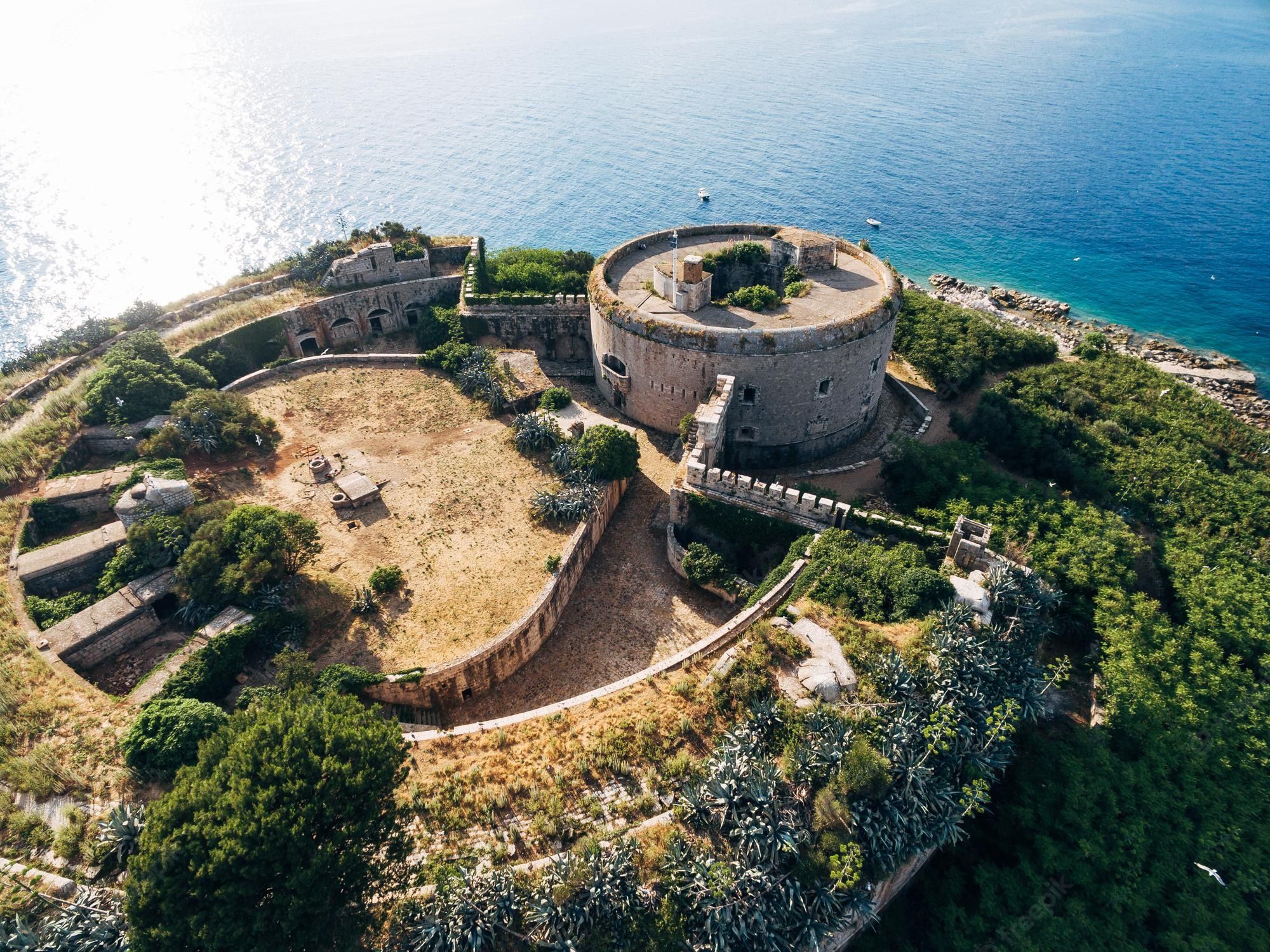
Sources: The Spaces | Reuters | Index | Telex | Origo | szellemvarosok.hu
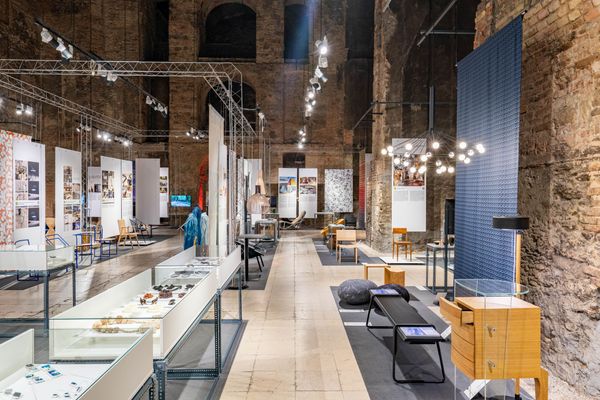
The Design Without Borders exhibition is open until the end of the week

Israel and Europe become friends again










